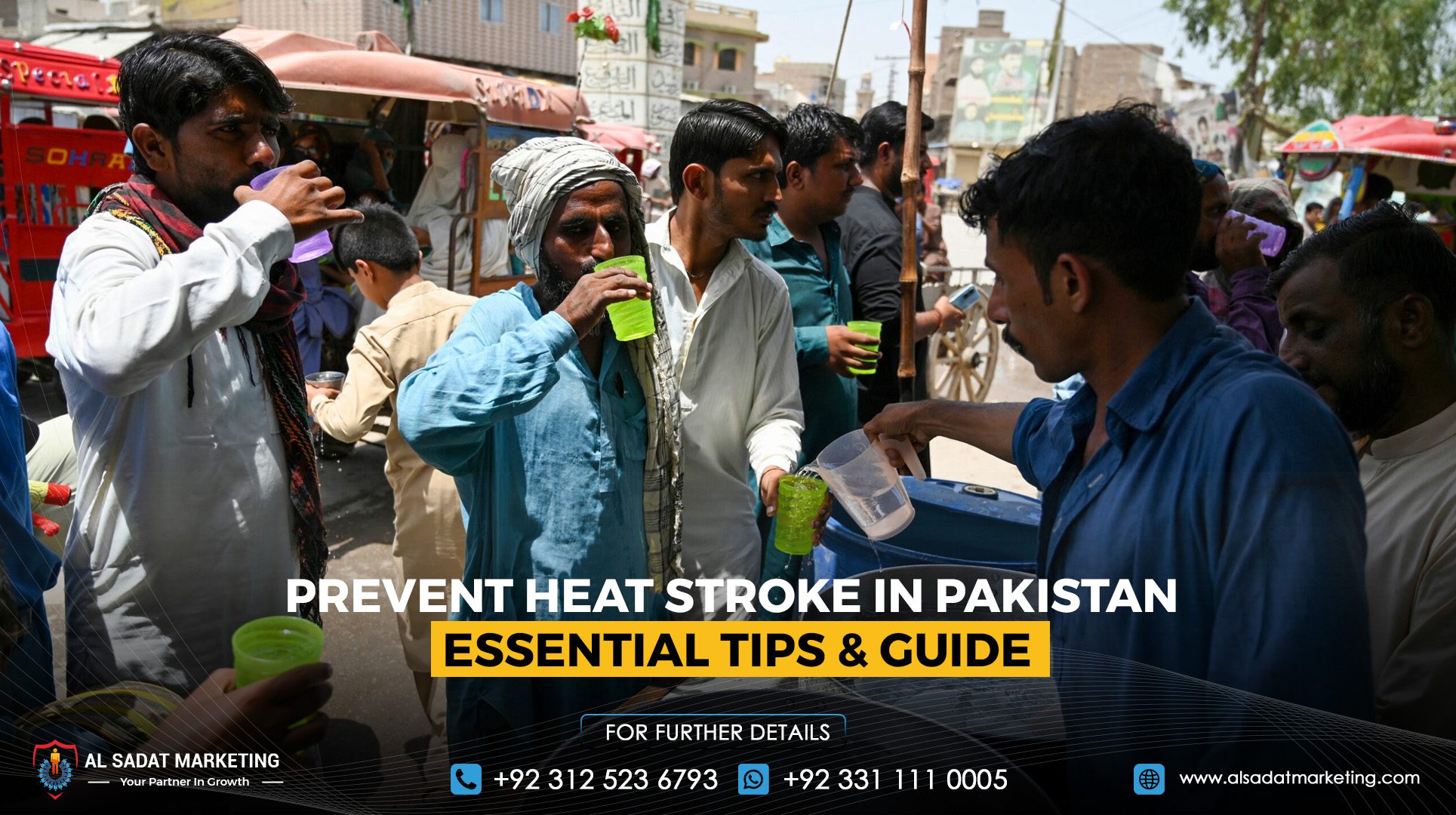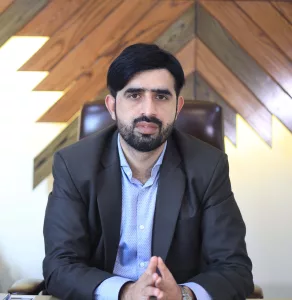Overview:
The authorities are expecting a severe heatwave in Punjab and Sindh starting today. Hence, it raises concerns regarding public health and safety. In response to prevent heat stroke risk, federal and provincial authorities have taken steps to protect people from potentially fatal consequences. These include heat-related illnesses.
In order to prevent heat stroke, it is critical to take immediate action. Otherwise, it has a probability to raise heat-related illnesses. Heat stroke is at the top of these illnesses. It is a severe form of the sickness. Its death rates range from 10% to 80%. Cooling methods and early detection can drastically decrease the death rate to as low as 10%.
Also Read: Family’s Financial Future in Lakeshore City & EFU Life Insurance
The National Disaster Management Authority and several provincial authorities have released advice to prevent heat stroke. They highlight the need for quick action to reduce risks.
The recommendation includes that some individuals should take additional heat wave safety tips and care. It is because they are more susceptible to heat stroke. They include infants, older people, athletes, and people who work outside.
Symptoms of Heat Stroke
Some of the most common symptoms of heat stroke include:
- High body temperature (more than 39.4°C or 103°F)
- Dry, heated, and red skin without sweating
- A strong, rapid pulse
- Slamming headache
- Feeling lightheaded or dizzy
- Vomiting or nausea
- Disorientation or confused
- Slurred words
- Unconsciousness
- Seizures
- Lack of awareness
Top Tips to Prevent Heat Stroke
Here are some vital measures to consider to prevent heat stroke and stay safe during the heatwave:
- Drink plenty of water to stay hydrated throughout the day.
- To keep cool, wear breezy, loose-fitting clothes.
- Avoid prolonged sun exposure, especially during the peak times of the day.
- To keep indoor places cool, use air conditioning or fans.
- Take cold baths or showers to reduce body temperature
- Reduce your intense physical activity, especially in the middle of the day.
- Eat light and easy-to-digest meals.
- Wear hats, sunglasses, and sunscreen to protect yourself from the sun.
- Examine the symptoms for heat stroke prevention and seek medical attention if required.










